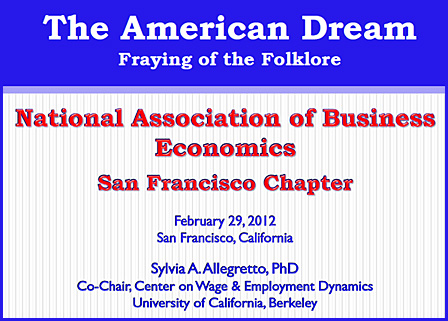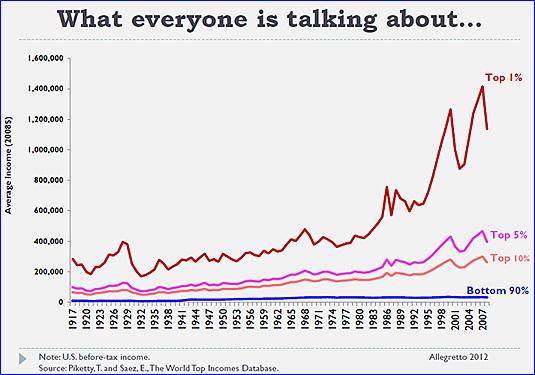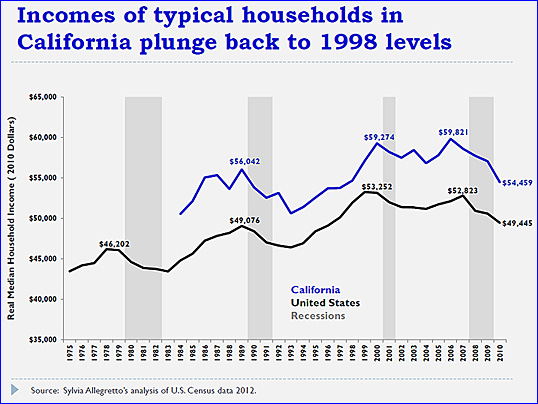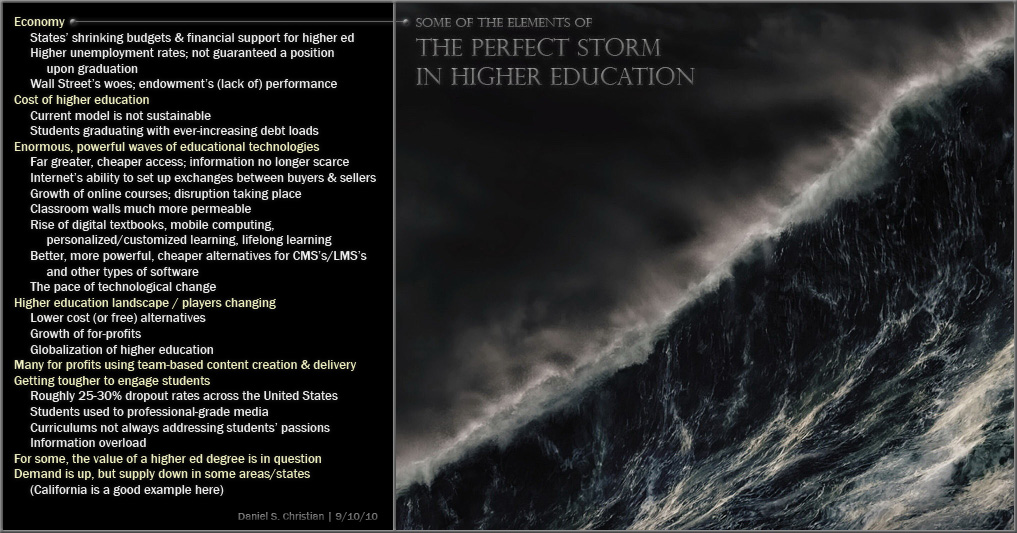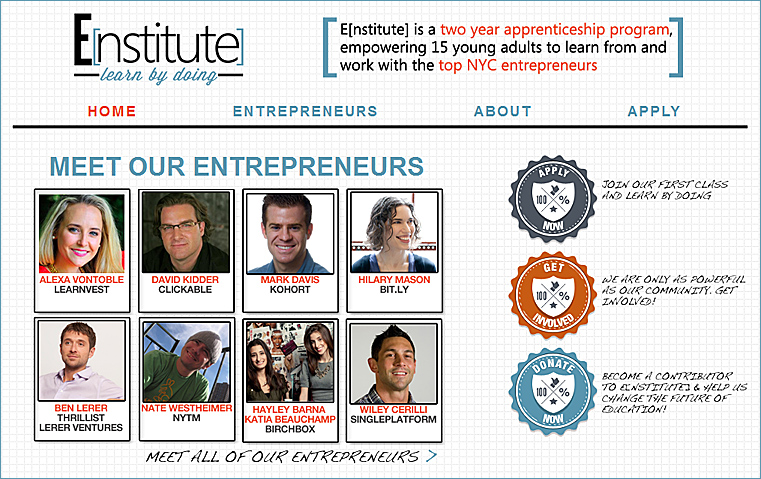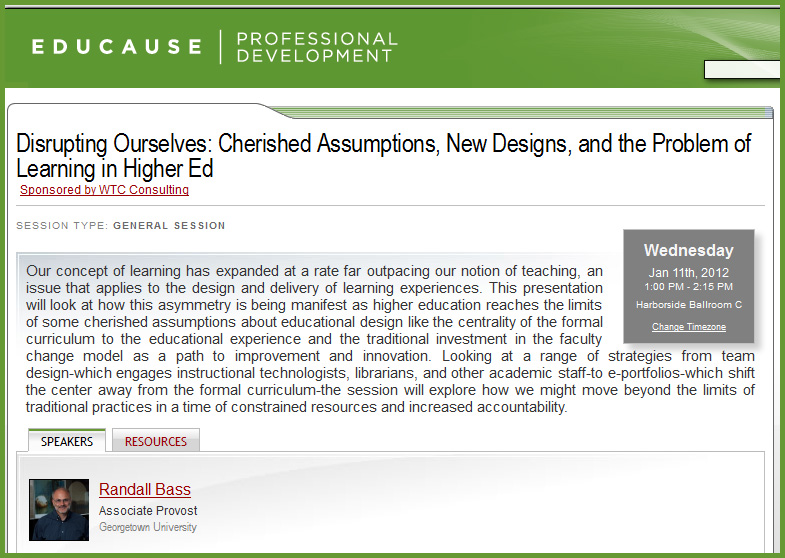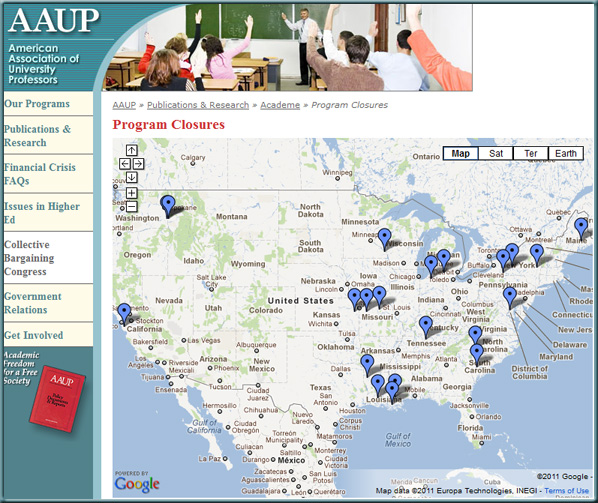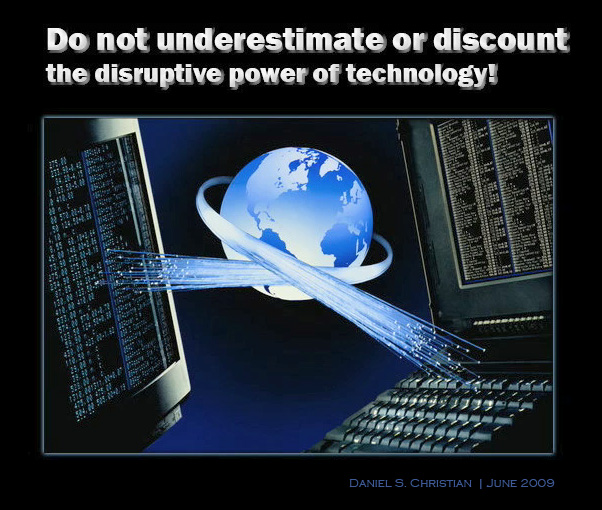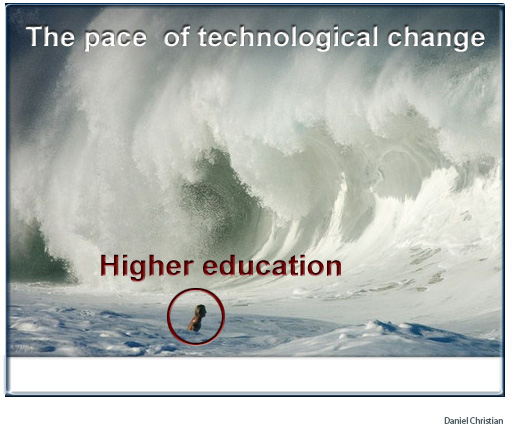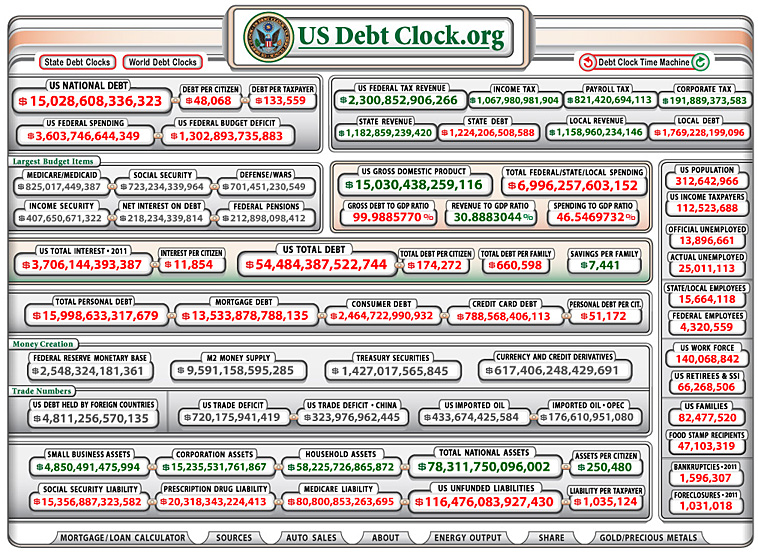EASTON, PA. — A year ago, the notion that Smith College — with a $1 billion endowment, high student demand, and frequently cited educational quality — was raising existential questions, particularly about its economic model, seemed a fairly radical notion.
But an idea that seemed striking in the past — that elite liberal arts colleges might have to make significant changes in the next few years if they are to remain relevant (or present) in the current educational market — is now the hottest topic in the sector.
A conference this week here at Lafayette College entitled “The Future of the Liberal Arts College in America and Its Leadership Role in Education Around the World,” drew more than 200 college administrators, including about 50 college presidents, out of an invite list of U.S. News and World Report’s list of top national liberal arts colleges. Judging by the turnout, the discussion, and the fact that several other conferences addressing these questions are scheduled over the next few months, it’s clear that the questions are on everybody’s mind.
In his opening talk Monday night, Lafayette President Daniel H. Weiss laid out four major challenges facing liberal arts colleges — affordability, public skepticism about the value of a liberal arts degree and college in general, decline in the share of U.S population who fit the demographic patterns of students who traditionally attend liberal arts colleges, and questions about how to incorporate technology into the college and serve a generation of students that is increasingly networked — most of which was addressed in various forms throughout the day Tuesday.
.
From DSC:
Many people haven’t liked the messages that I’ve been trying to get across these last several years:
- That the price of higher education is too high.
- These high prices have changed — and continue to change — the dynamics of our classrooms across America (and inside our students’ heads/thinking).
- The predominant business models are not sustainable.
- We are in a game-changing environment and the perfect storm continues to develop.
- We must reinvent ourselves to stay relevant and helpful to future generations. The costs of not doing so are enormous and truly have life-long impact.
- We need to experiment with new business models.
- There is danger in the status quo.
- That far more affordable means of obtaining an education are going to continue to materialize (and then asking, what do we want to do about this? How can we ride this wave and not get crushed by it?)
- The future will have team-based content with extensive analytics — being enabled by a growing set of powerful technologies.
I am encouraged by this conference — and the turnout of 200 college admins and 50 college presidents — because it appears that this perfect storm within higher ed is now being taken more seriously.
Also relevant:
- The world changed, colleges missed it — from The Huffington Post by Tom Vander Ark
Excerpt:
A bunch of colleges are going out of business, only they don’t know it. They pretend that trimming costs and jacking tuition is a solution. They haven’t come to terms with a world where anyone can learn anything almost anywhere for free or cheap.









